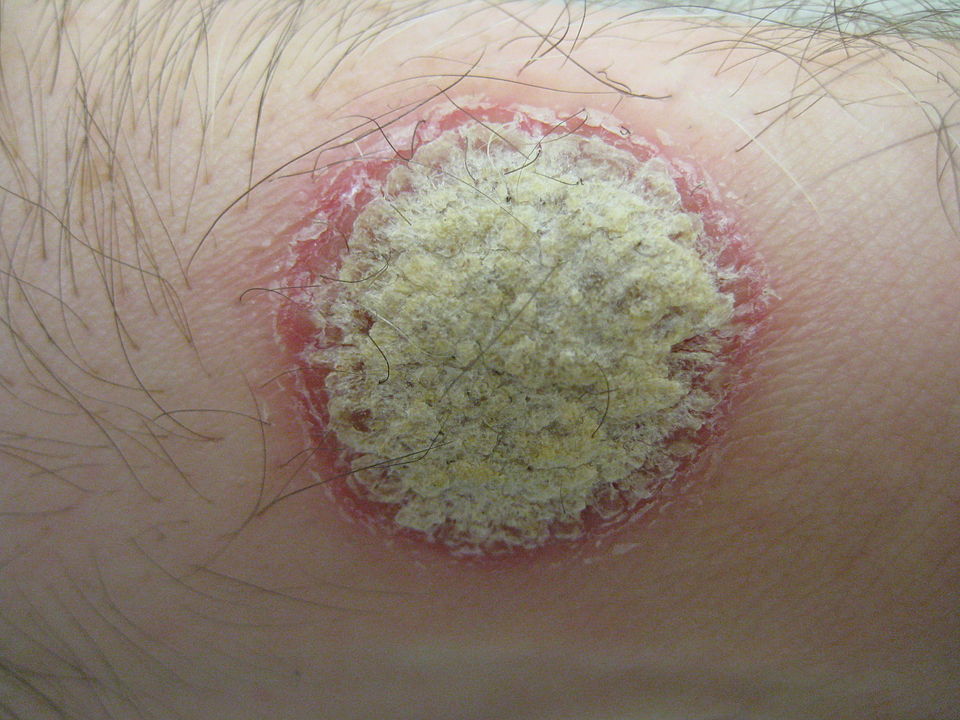
A comprehensive review has uncovered “clear evidence” of associations between atopic dermatitis (AD) and a range of comorbid conditions, which has informed updated clinical guidelines for AD.
An expert panel reported on the results of a wide-ranging review in the Journal of the American Academy of Dermatology. They found evidence linking AD to certain allergic, atopic, and immune-mediated conditions, as well as mental health problems, bone diseases, and skin infections. There is some evidence which supports associations between AD and substance use, attention deficit-hyperactivity disorder (ADHD), and some elements of metabolic syndrome. Less compelling evidence suggests AD has links to some cardiovascular conditions. There is inconclusive evidence for associations between adult AD and autism spectrum disorders, myocardial infarction, stroke, and metabolic syndrome.
“Atopic dermatitis is one of several atopic diseases, meaning that there are internal sensitivities that can help drive the disease in the organ of choice, including asthma, allergic rhinoconjunctivitis, and food allergies, among others,” Dawn M.R. Davis, MD, co-chair of the guideline panel, told MedPage Today. “We always knew there was an association between atopic dermatitis and the other atopic diseases, but we lacked the evidence. Fortunately, because we’re getting more attention and more research is being performed in these areas, we now have data to back up our suspicions regarding the associations between atopic dermatitis and other atopic diseases.”
“Thanks to research by our colleagues, we discovered several other comorbidities that we did not expect, including skin diseases like alopecia areata and urticaria, as well as mental health conditions, including depression, anxiety, and substance use,” she continued. “We also have some evidence of associations with metabolic conditions, such as disorders of bone metabolism, and cardiovascular diseases.”
This review was conducted in concert with updating the American Academy of Dermatology clinical guideline on AD. The quantity and depth of data also warranted a separate guideline component for recognition of comorbidities associated with AD. The main goal was to increase awareness of the associations.
“The goal of this guideline is to plant a seed in the mind of providers and to empower and validate patients, so they can have a customised, individualised, robust discussion about how their particular circumstances relate to any of the risk factors,” said Dr Davis.
Key findings and statements in the guideline include:
- The association between AD and asthma is well established, but the “atopic march” explanation remains unproven
- “Clear evidence” of an association between AD and food allergy, but estimated prevalence of food allergy in adults with AD remains low
- Epidemiologic studies “consistently show” an association between AD and alopecia areata, but there are limited data on severity of alopecia or treatment response
- Analysis of four studies showed that AD doubles the odds ratio of depression though reasons for this are unclear
- A “potential association” between AD and substance use/abuse (limited evidence)
- Accumulating evidence suggests small associations between AD and hypertension, peripheral and coronary artery disease, congestive heart failure, and acute clinical events
- A “small association” suggested between adult AD with obesity and dyslipidemia; however, limited data have pointed to a possible inverse association with diabetes
- Several studies have shown associations with increased risk of osteoporosis and fracture in adults with AD, possibly linked by systemic inflammation.
“To date, research on AD-associated comorbidities has focused on identifying potential associations in epidemiologic studies,” the guideline authors wrote. “There is currently no conclusive evidence demonstrating that screening for comorbid conditions associated with AD improves patient outcomes. For the evidence of AD associations to be put into action, research is required on whether screening or management of these comorbidities among adults with AD beyond what is recommended for the general population is beneficial.”
Besides the comorbidities document, other documents will be published over two years which will address topical therapy, systemic treatment and phototherapy, and paediatric AD.
Source: MedPage Today


One Reply to “Atopic Dermatitis Linked to Range of Comorbid Conditions”
Comments are closed.